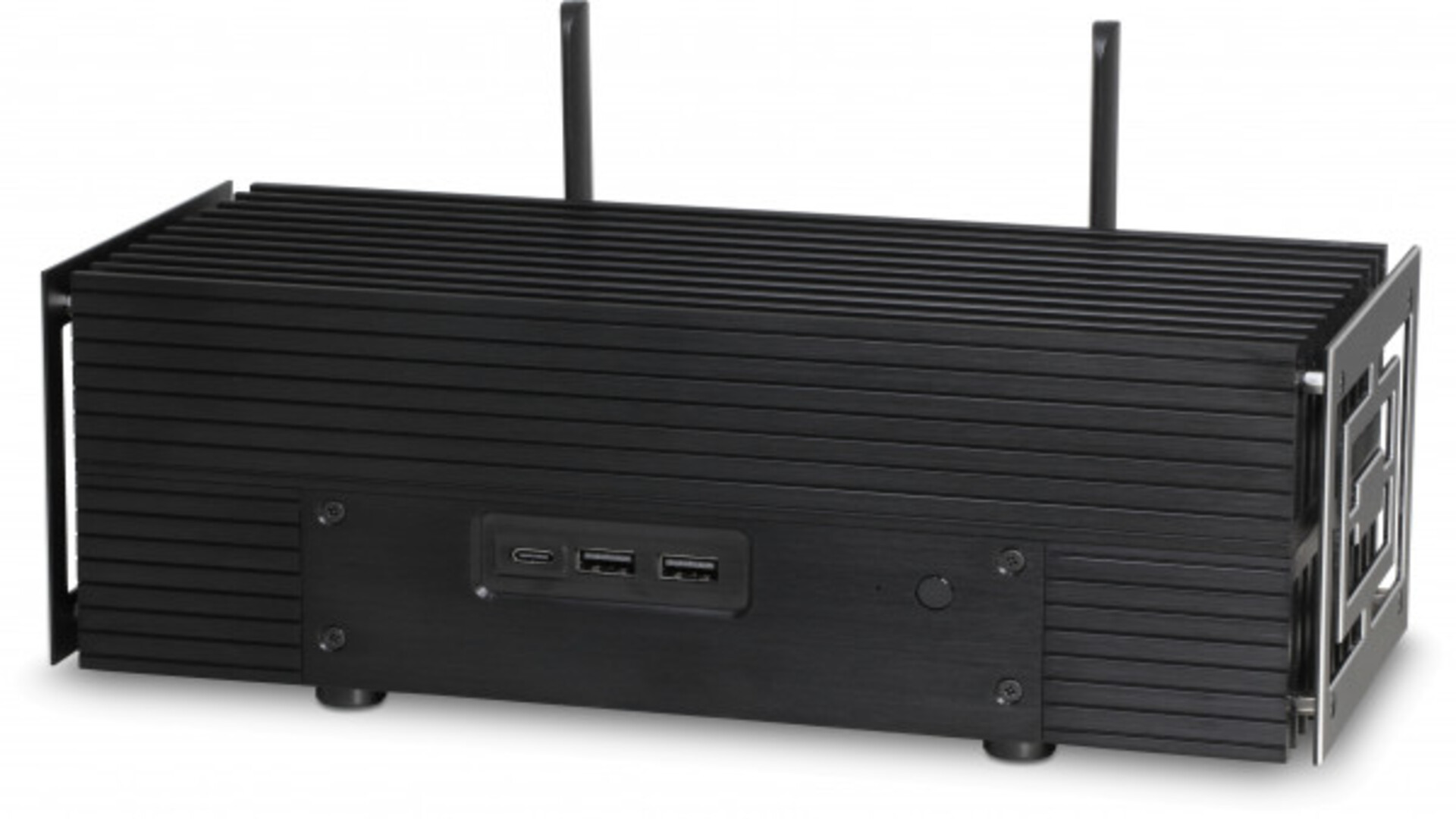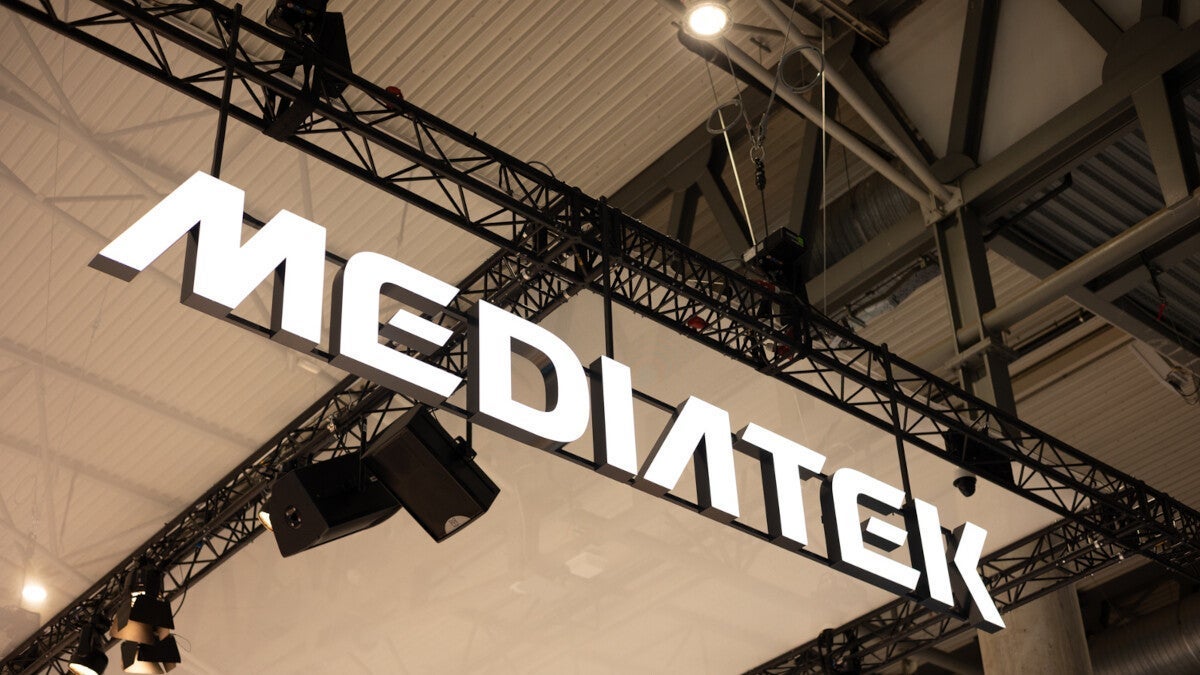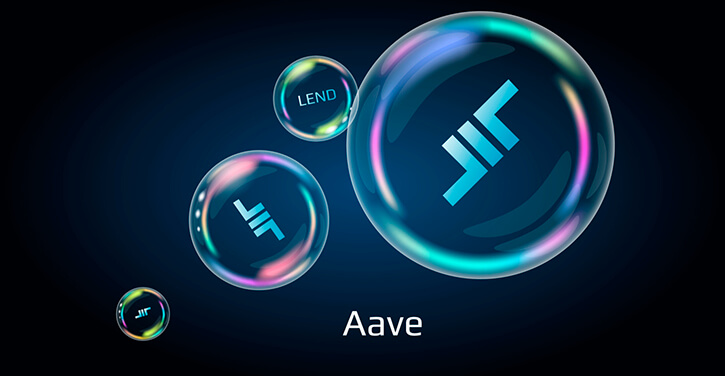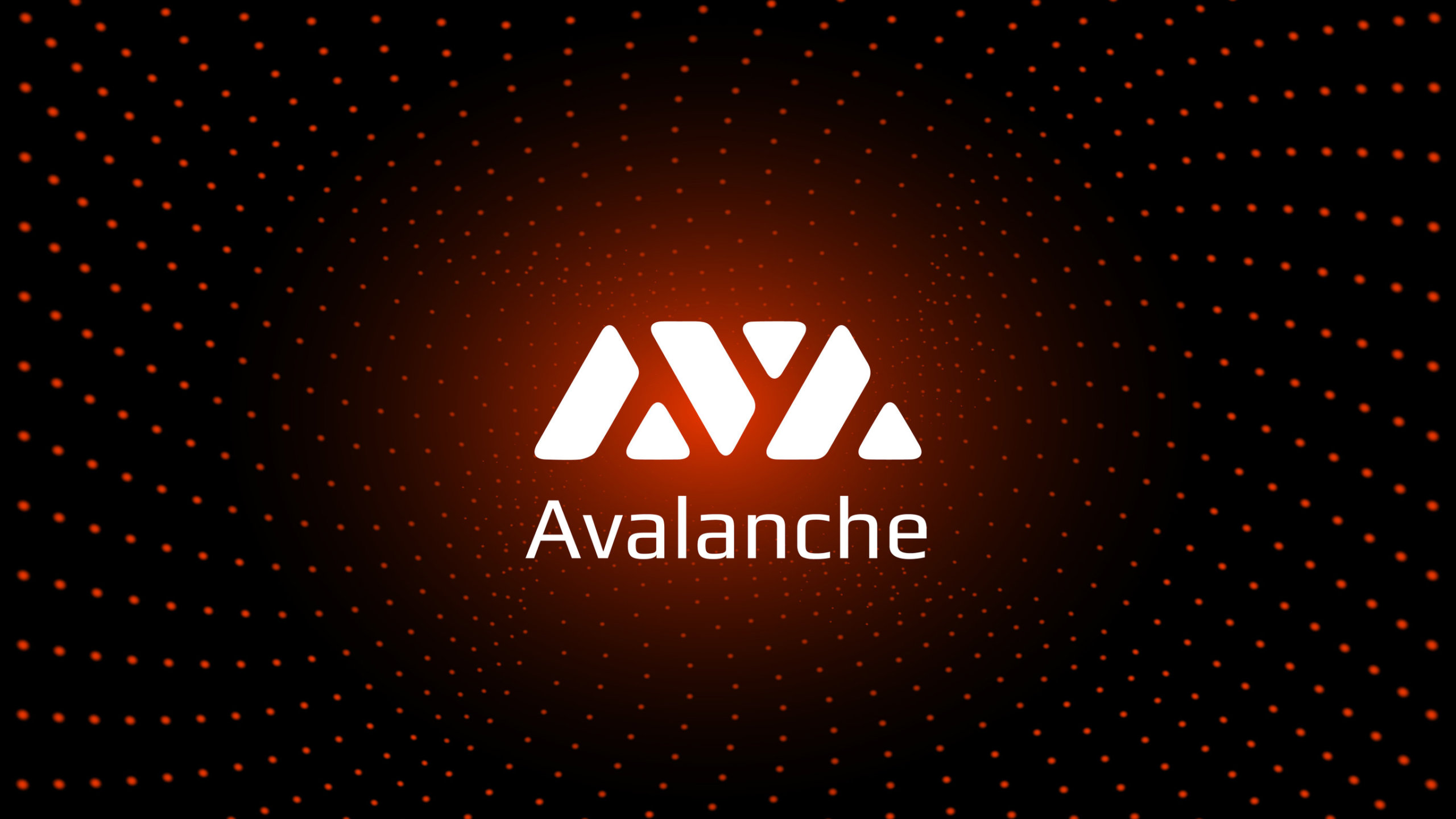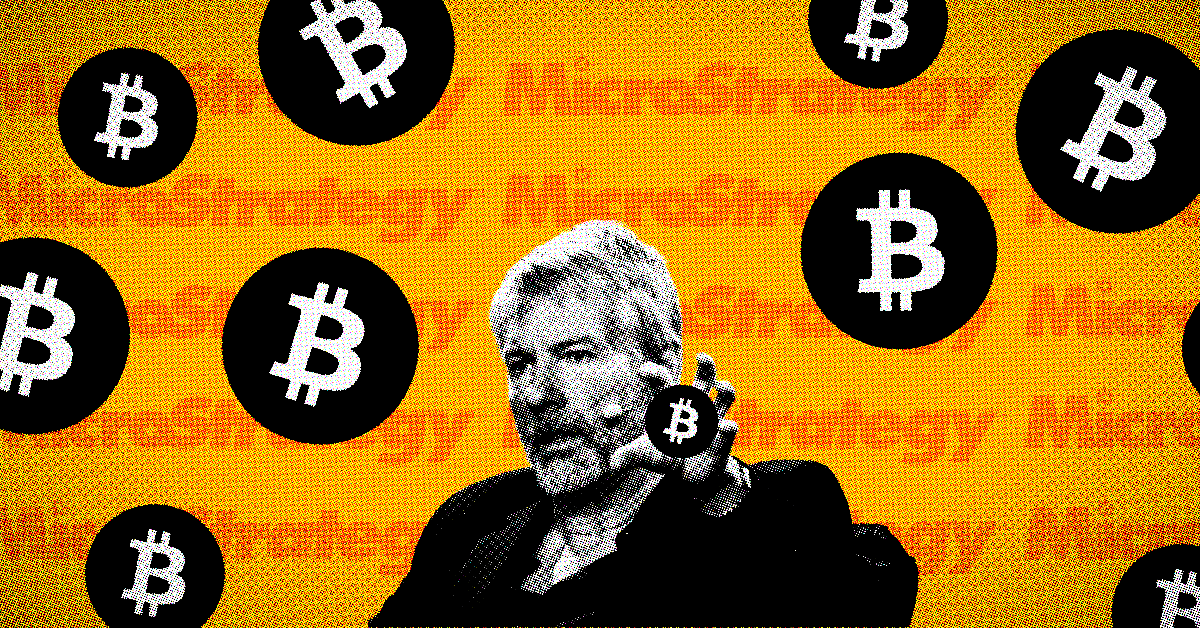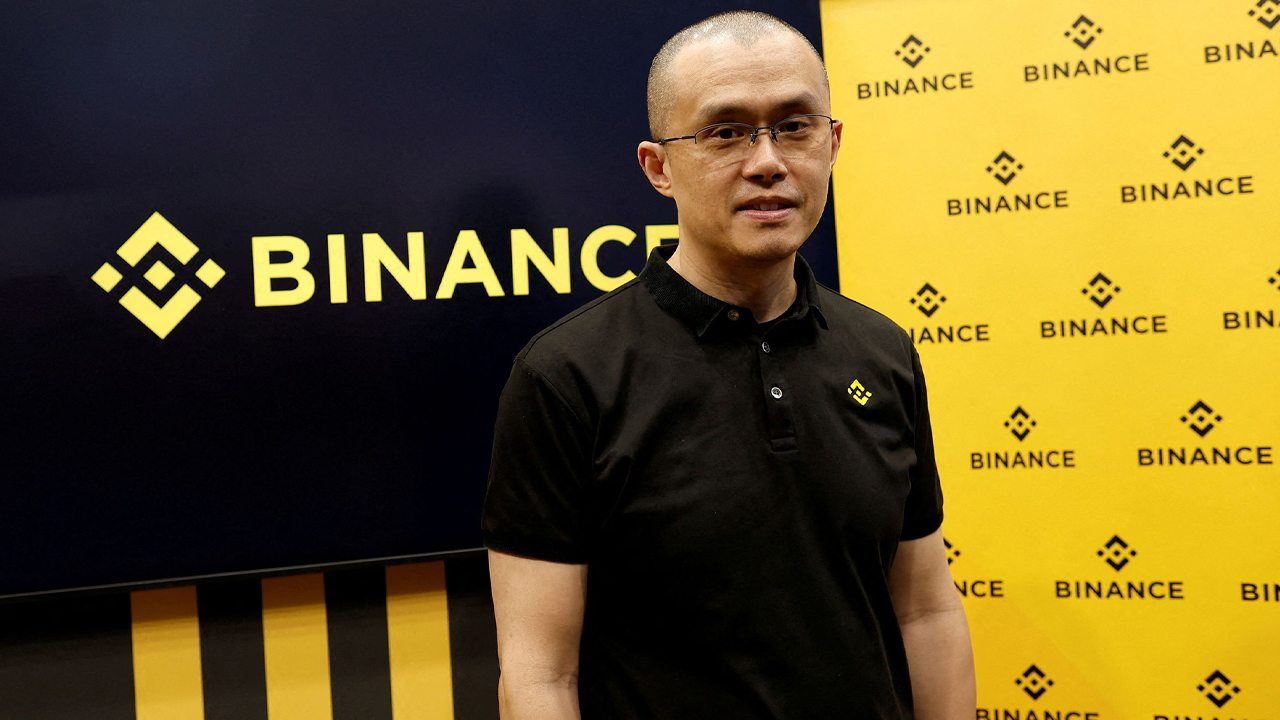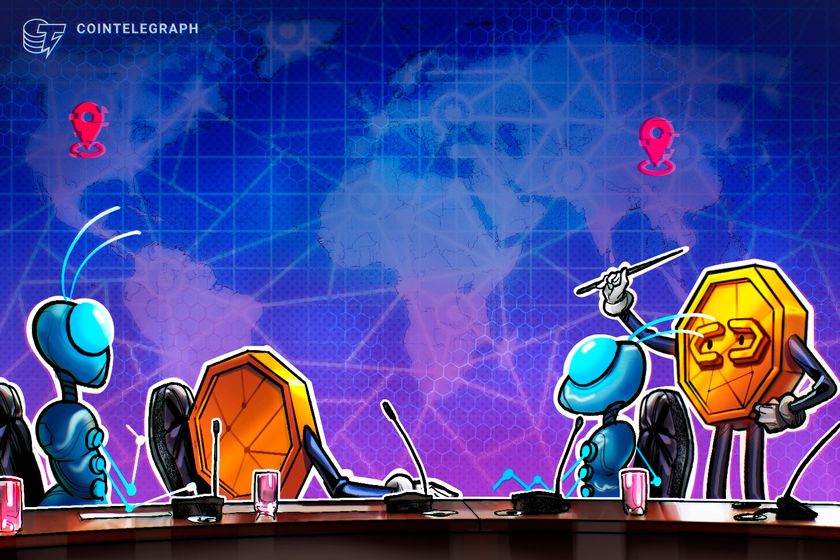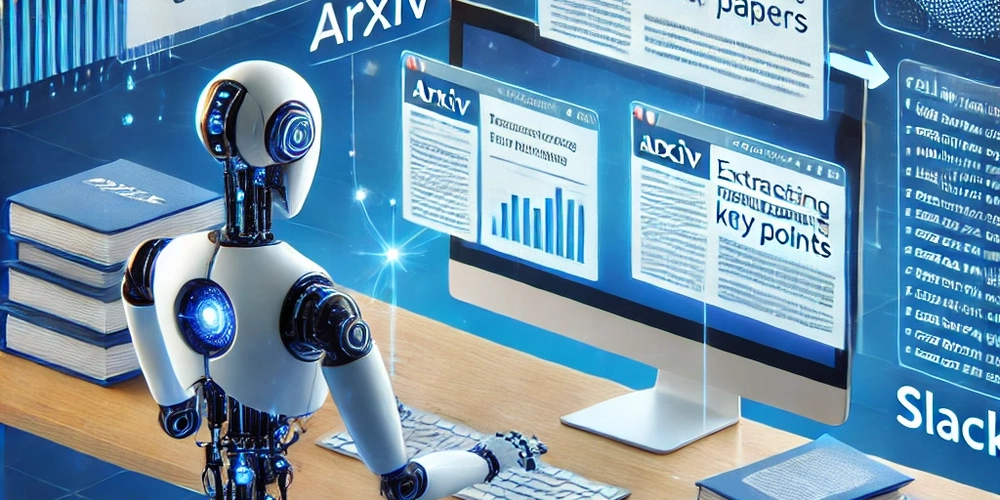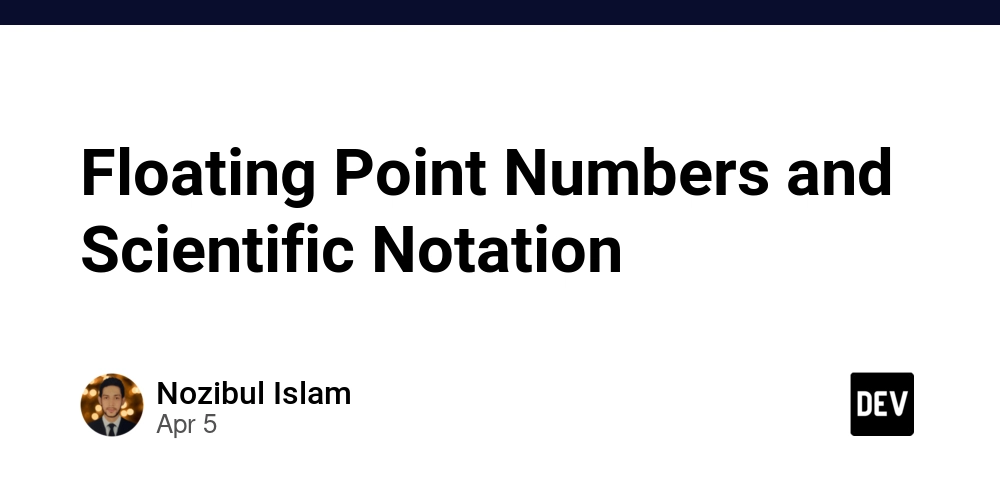From Linux Kernel to Leading AI Teams: My Journey Through Tech's Evolution
I still remember the first kernel panic I solved. It was about 3:15 AM in a windowless server room, the soft hum of cooling fans being my only company. I had been staring at the same memory allocation issue for hours, my terminal's blinking green cursor reminding me of the passing time, reflecting onto my retinas as I traced through system calls and pointer references. When I finally found the race condition causing the crash, I felt like I'd solved one of life's great mysteries! In that very moment, if someone had appeared beside me and whispered: "Fifteen years from now, you'll be leading teams building artificial intelligence systems," I would have spilled my cold coffee laughing. The Foundation Years: Talking to Machines My technical journey began in the depths of system programming. C and C++ were my daily languages. My colleagues and I spoke of interrupt handlers, memory leaks, and network and system optimization with the same casual ease others might discuss weekend plans! I found beauty in the elegance of well-crafted low-level code. There was something pure about writing software that lived so close to the hardware - where every clock cycle and byte mattered. Debugging embedded systems taught me patience and persistence that no university course could provide. Those foundation years taught me something invaluable: technology is built in layers, and understanding what happens beneath the abstractions gives you power and clarity that no framework or high-level tool can ever provide. The Pivotal Moment The shift in my career path wasn't dramatic. There was no single "aha" moment - rather a series of small realizations that slowly altered my trajectory. It began with automation scripts I wrote to make my team's cross-platform build process more efficient. Then came data processing tools to analyze performance metrics. Each project inched me closer to the world of data and machine learning. The true catalyst was a pre-production incident where our systems were overwhelmed by unexpected traffic patterns. In the post-mortem, I did realize that predictive models could have prevented the outage. That weekend, I coded my first primitive anomaly detection system using techniques that, unknown to me then, were the building blocks of AI. The Transition Years What made my transition from systems to AI surprisingly smooth was discovering how my system software knowledge and kernel engineering mindset translated to this new world: Debugging a distributed system and debugging a neural network require the same methodical isolation of variables Performance optimization principles apply whether you're tuning a network stack or a training pipeline System architecture thinking scales from embedded systems to massive ML infrastructure But the most powerful translation was unexpected: the ability to bridge worlds. In meetings, I could translate AI concepts to system engineers and explain infrastructure constraints to data scientists. This "bilingual" ability became my superpower. Leading Through Transformation Today, as I lead AI and MLOps initiatives, my approach to leadership has been shaped by lessons from those early days: 1. Foundations matter more than frameworks I encourage my teams to understand the underlying principles behind the technologies we use. Frameworks come and go, but the fundamentals remain. This approach has saved us countless times when debugging complex AI systems. 2. Look for the constraints first From kernel optimization to ML serving latency, identifying the true bottleneck is often the most critical step. I teach my teams to resist the urge to optimize prematurely and instead focus on finding the actual constraints. 3. The best technical leaders are translators My most valuable contribution isn't always technical – it is to help different specialists communicate effectively. Creating shared understanding across different domains unlocks collaboration that single-domain experts can't achieve alone. 4. Technical depth builds quiet confidence The hours spent understanding systems at their lowest level gave me a confidence that no formal credential could provide otherwise. This deep and hands-on knowledge creates a calm presence that helps teams navigate uncertainty - especially important in the rapidly evolving AI landscape. 5. Ethics becomes more important as technology grows more powerful Working close to hardware taught me respect for what technology can do. As we build increasingly powerful AI systems, I've become more focused on responsible development practices and the ethical implications of our work. The Journey Continues . . . What strikes me most when I reflect on this journey is how non-linear career growth can be. The skills that made me valuable weren't always the ones on job descriptions or technical certifications. Today, my focus lies at the intersec

I still remember the first kernel panic I solved.
It was about 3:15 AM in a windowless server room, the soft hum of cooling fans being my only company. I had been staring at the same memory allocation issue for hours, my terminal's blinking green cursor reminding me of the passing time, reflecting onto my retinas as I traced through system calls and pointer references.
When I finally found the race condition causing the crash, I felt like I'd solved one of life's great mysteries!
In that very moment, if someone had appeared beside me and whispered:
"Fifteen years from now, you'll be leading teams building artificial intelligence systems,"
I would have spilled my cold coffee laughing.
The Foundation Years: Talking to Machines
My technical journey began in the depths of system programming. C and C++ were my daily languages. My colleagues and I spoke of interrupt handlers, memory leaks, and network and system optimization with the same casual ease others might discuss weekend plans!
I found beauty in the elegance of well-crafted low-level code. There was something pure about writing software that lived so close to the hardware - where every clock cycle and byte mattered. Debugging embedded systems taught me patience and persistence that no university course could provide.
Those foundation years taught me something invaluable: technology is built in layers, and understanding what happens beneath the abstractions gives you power and clarity that no framework or high-level tool can ever provide.
The Pivotal Moment
The shift in my career path wasn't dramatic. There was no single "aha" moment - rather a series of small realizations that slowly altered my trajectory.
It began with automation scripts I wrote to make my team's cross-platform build process more efficient. Then came data processing tools to analyze performance metrics. Each project inched me closer to the world of data and machine learning.
The true catalyst was a pre-production incident where our systems were overwhelmed by unexpected traffic patterns. In the post-mortem, I did realize that predictive models could have prevented the outage. That weekend, I coded my first primitive anomaly detection system using techniques that, unknown to me then, were the building blocks of AI.
The Transition Years
What made my transition from systems to AI surprisingly smooth was discovering how my system software knowledge and kernel engineering mindset translated to this new world:
Debugging a distributed system and debugging a neural network require the same methodical isolation of variables
Performance optimization principles apply whether you're tuning a network stack or a training pipeline
System architecture thinking scales from embedded systems to massive ML infrastructure
But the most powerful translation was unexpected: the ability to bridge worlds. In meetings, I could translate AI concepts to system engineers and explain infrastructure constraints to data scientists. This "bilingual" ability became my superpower.
Leading Through Transformation
Today, as I lead AI and MLOps initiatives, my approach to leadership has been shaped by lessons from those early days:
1. Foundations matter more than frameworks
I encourage my teams to understand the underlying principles behind the technologies we use. Frameworks come and go, but the fundamentals remain. This approach has saved us countless times when debugging complex AI systems.
2. Look for the constraints first
From kernel optimization to ML serving latency, identifying the true bottleneck is often the most critical step. I teach my teams to resist the urge to optimize prematurely and instead focus on finding the actual constraints.
3. The best technical leaders are translators
My most valuable contribution isn't always technical – it is to help different specialists communicate effectively. Creating shared understanding across different domains unlocks collaboration that single-domain experts can't achieve alone.
4. Technical depth builds quiet confidence
The hours spent understanding systems at their lowest level gave me a confidence that no formal credential could provide otherwise. This deep and hands-on knowledge creates a calm presence that helps teams navigate uncertainty - especially important in the rapidly evolving AI landscape.
5. Ethics becomes more important as technology grows more powerful
Working close to hardware taught me respect for what technology can do. As we build increasingly powerful AI systems, I've become more focused on responsible development practices and the ethical implications of our work.
The Journey Continues . . .
What strikes me most when I reflect on this journey is how non-linear career growth can be. The skills that made me valuable weren't always the ones on job descriptions or technical certifications.
Today, my focus lies at the intersection of:
AI, MLOps & DevOps systems that scale reliably
Cloud-native platforms that democratize AI capabilities
Building cross-functional teams that combine technical excellence with human understanding
Mentoring the next generation of engineers to think broadly across domains
The terminal window contents on my screen may have evolved from kernel debugging to model training logs, but the core remains the same: understanding systems, solving problems, and building technology that matters.
I'd love to hear from others who've navigated significant transitions in their technical journeys:
What unexpected skills from your early career became most valuable later?
How did you maintain technical depth while broadening your horizons?
What was the most challenging part of evolving your identity as you moved between technical domains?
Let's share our stories below. The best insights often come from the most winding paths.





































































































































































![[The AI Show Episode 142]: ChatGPT’s New Image Generator, Studio Ghibli Craze and Backlash, Gemini 2.5, OpenAI Academy, 4o Updates, Vibe Marketing & xAI Acquires X](https://www.marketingaiinstitute.com/hubfs/ep%20142%20cover.png)



















































































































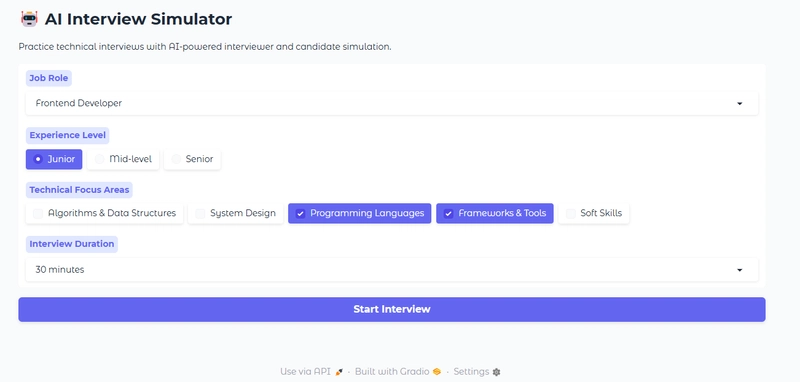













![From drop-out to software architect with Jason Lengstorf [Podcast #167]](https://cdn.hashnode.com/res/hashnode/image/upload/v1743796461357/f3d19cd7-e6f5-4d7c-8bfc-eb974bc8da68.png?#)














































































































(1).jpg?width=1920&height=1920&fit=bounds&quality=80&format=jpg&auto=webp#)

















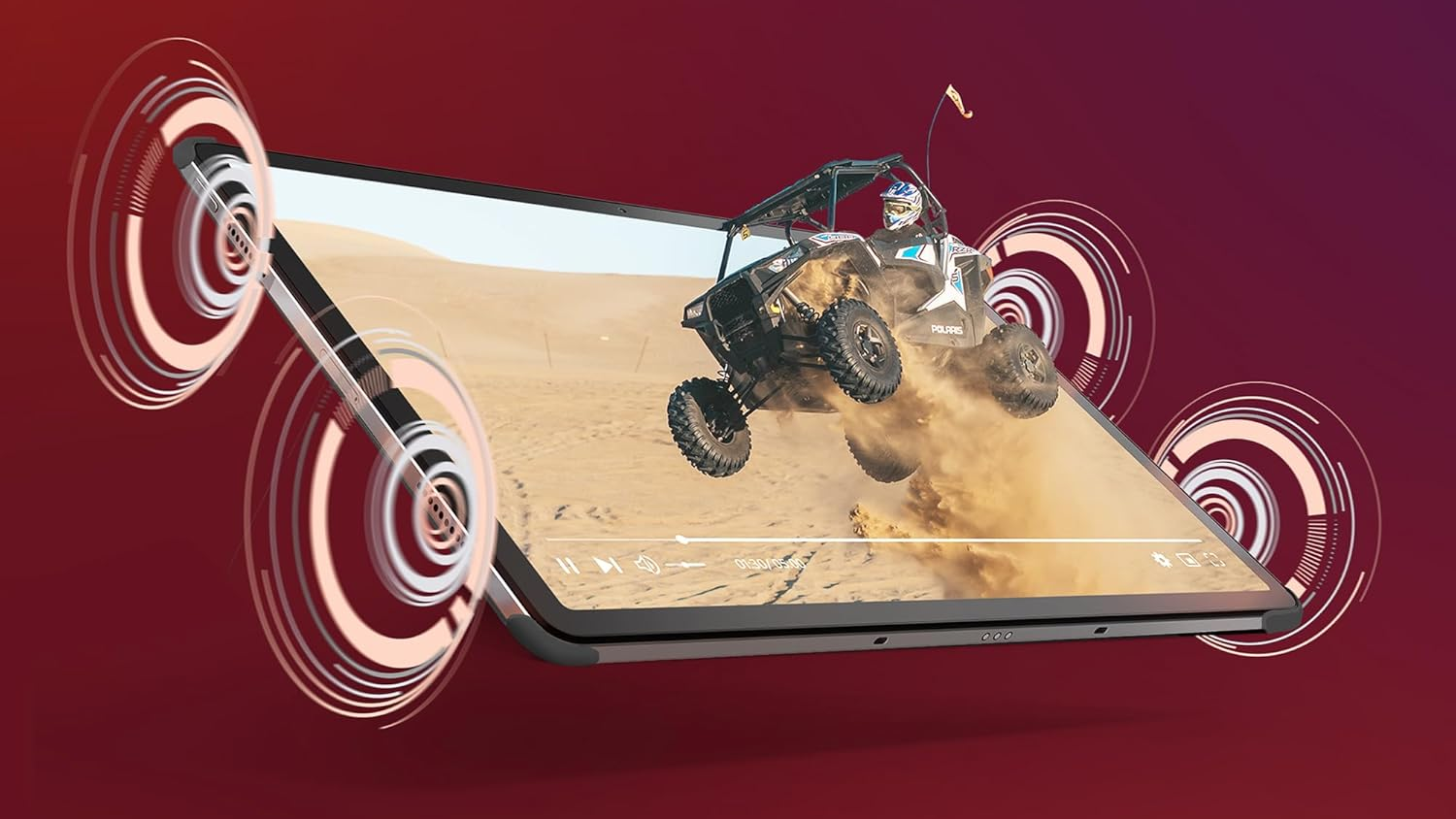












_NicoElNino_Alamy.png?#)
.webp?#)
.webp?#)




































































































![New iOS 19 Leak Allegedly Reveals Updated Icons, Floating Tab Bar, More [Video]](https://www.iclarified.com/images/news/96958/96958/96958-640.jpg)

![Apple to Source More iPhones From India to Offset China Tariff Costs [Report]](https://www.iclarified.com/images/news/96954/96954/96954-640.jpg)
![Blackmagic Design Unveils DaVinci Resolve 20 With Over 100 New Features and AI Tools [Video]](https://www.iclarified.com/images/news/96951/96951/96951-640.jpg)















